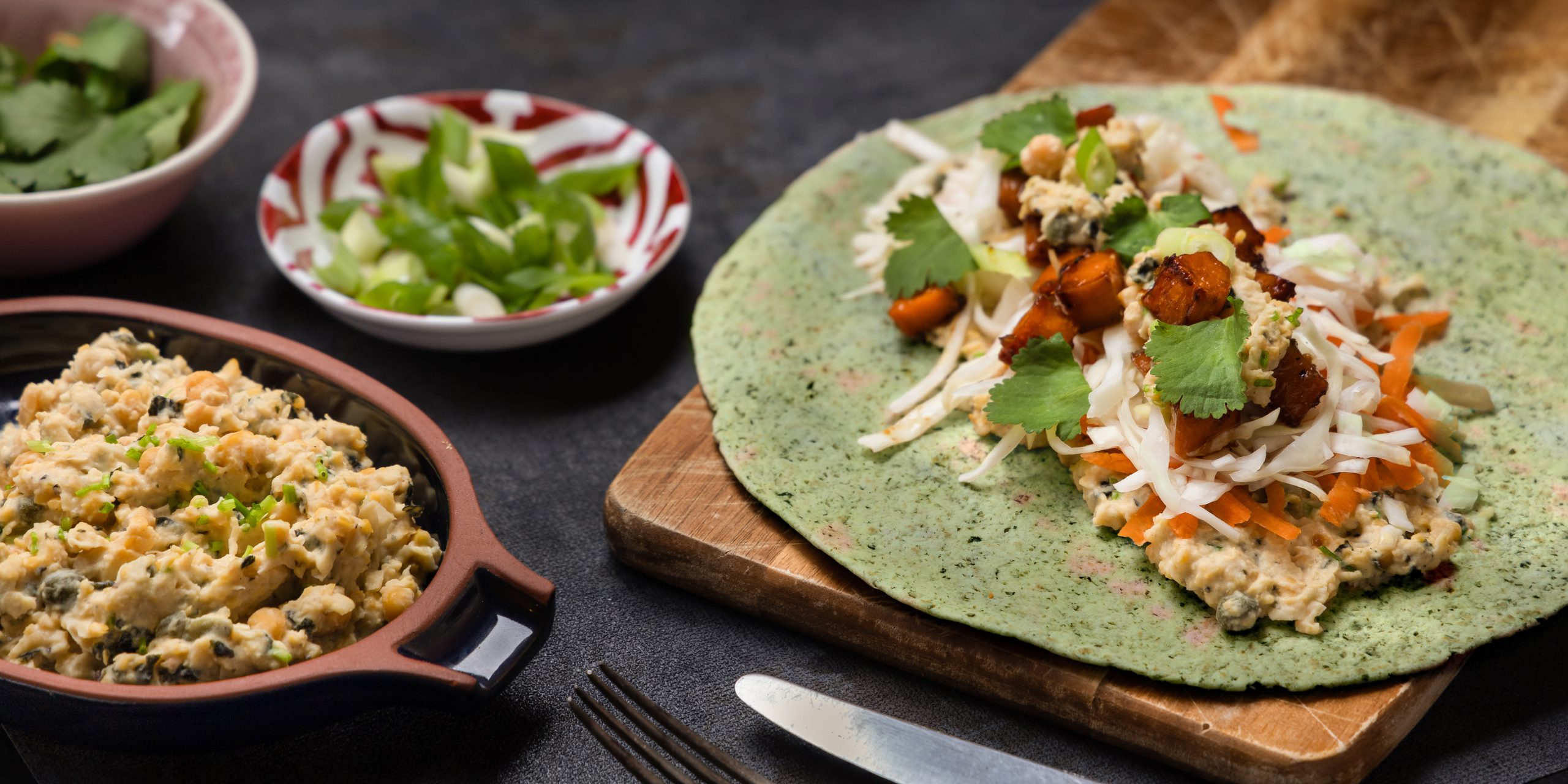
Seamore is now a brand of de Smaakspecialist. If you need help or have any questions about our products you can contact us via info@desmaakspecialist.nl or 076 565 6709.
Cook for twenty minutes, like pasta in plenty of water. This way you get the softest I sea pasta although it will keep it’s bite. The taste will be quite neutral. Because the cooking water evaporates you will experience more ocean breeze in your kitchen.
Soak for 25 minutes in hot water. A little bit more bite, less ocean breeze and a bit more taste. If you refresh the water and soak again the taste becomes more neutral. If you want to soak but make it more tender, add the I sea pasta to your sauce and let it simmer for a bit.
Add dried to your sauce & let simmer. If you have a recipe with lots of fluid (tomato sauce, curry, soup) you can add I sea pasta dried to the pan and let it simmer for 20 minutes. Now it absorbs the flavor from the sauce and you don’t have to add any salt because it comes with the dried I sea pasta.
Raw: soak in cold water for 45+ minutes. Food for cooking raw, like when you use it in salads or more like vegetable and like more bite.
Fantastic broth vs. dirty sea. The green/brownish colour comes from pigments of the plants, anti-oxidants. Not from the sea water. And definitely not from a dirty sea, I sea pasta comes from the cleanest seas on the planet! These pigments help the seaweed grow and are antioxidants, that are very healthy.
Fun fact: many I sea pasta users are soaking their I sea pasta and using the soaking water as stock for sauces and soup.
Well, think pasta. What do you usually make with pasta? In the beginning, pick your favorite pasta recipes with more and richer sauces.
Guaranteed Great: I sea pasta pesto. The best recipe for having a great first experience with I sea pasta is a simple classic: Buy a great pesto (Genovese or another type). Cook the I sea pasta for 20 minutes and while this happens fry a bunch of cherry tomatoes. With or without garlic. Drain the I sea pasta, mix in the pesto and add the soft, runny tomatoes on the pasta. Add a piece of cod or some lamb chops if you want!
Use it as a vegetable. Yes, that’s allowed. It’s actually a vegetable ???? Use it in soups, curries, pies, salads. Like beans, courgette or something else.
Fun fact: the taste is actually umami! Because seaweed comes from the sea and you smell the sea when you cook it, people expect it too taste fishy. But most people agree – if they set aside the mental fixation – that it does not. These people are right. In the 60’s, a new taste was officially added to sweet, bitter, salty and sweet: umami. A Japanese word that means ‘savoury’. And seaweed is considered ‘umami’.
Eat it with meat! Yes, you read that right. Many I sea pasta fans have discovered it goes fantastically well with meat. Think meatballs (Bolognese). This way it’s definitely not fishy.
Rinse. It’s good to realize that any sliminess you might experience is actually a gel which is great for your digestive system.
If you still want to ditch the little gel you’ll find when preparing I sea pasta simply drain the water, rinse the pasta and soak/cook again for a little bit in new water.
I sea pasta is actually not really pasta but a sea veggie. It’s filled with fibre so it doesn’t get as soft as real pasta. If you are used to soft food, it might take some getting used to but many people then prefer food with a bite. Remember soft white bread? Now most people eat whole wheat or similar in bite.
Food with a bite is great for your health (and weight). If you actually have to use your teeth/mouth to eat food, your body realizes it has really eaten something. Which means your ‘hunger feeling’ will disappear. This is one of the reasons why you keep on eating when you eat soft food.
Mix it with normal pasta. To get used to the bite, you can mix I sea pasta with normal tagliatelle, other pasta or zucchini. Then you slowly reduce the amount of normal pasta if you want.
Cut it! If you are not yet used to the bite, cut it a little bit smaller so it’s easier to eat.
Soak & Cook. Some people say that soaking first (20 min. in warm water) and cooking next (20 min.) makes the softest I sea pasta. Others say that preparing it – with a sauce such as pesto – and then leaving it at room temperature for some time softens it up. Lastly, people indicate that simmering I sea pasta in a sauce not only lets it absorb more flavor from the sauce but also softens it more.
Early vs. late harvest. Because it’s a product from nature, I sea pasta is not always the same. Thinner I sea pasta is usually from an earlier harvest and is usually a little softer in bite.
Great for chefs! If you are in a restaurant, you want to prepare things in advance whenever possible. Since I sea pasta does not go soft – no matter how long you cook it – you can prepare it in advance and simply reheat it!.
That’s why it combines so well! I sea pasta is actually himanthalia. This is one of the mildest, neutrally tasting seaweeds. Many consider this a great advantage because it allows you to do so much with it. And it makes I sea pasta a great pasta alternative.
Cook I sea pasta in broth! (it absorbs the extra flavor)
Add strong flavors & rich sauces. Tomato, curries, pesto, chili, coriander/herbs: use outspoken flavors in sauces.
If you want more flavor, soak instead of cook. If you cook the I sea pasta use less water.
De Smaakspecialist
Luchtenburgseweg 2
4858 RJ Ulvenhout AC
076 565 6709
info@desmaakspecialist.nl
